走出密松困局
按:这是我的署名评论文章,于2016年12月1日发表于在线刊物《新曼陀罗》。该刊物由澳大利亚国立大学亚太学院主办。本文编辑是詹姆斯·吉格阿切(James Giggacher)。
原文链接:http://www.newmandala.org/moving-beyond-myitsone-dam-dilemma/
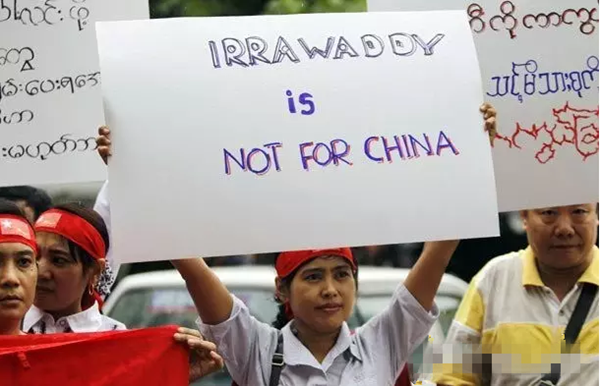
Moving beyond the Myitsone dam dilemma
走出密松困局
How a historical border treaty between China and Myanmar could keep both countries out of troubled waters when it comes to the controversial and stalled project.
面对极富争议且被搁置的工程项目,历史性的中缅边界协议将如何带给双方启示以走出困局。
After taking power in April 2016 some specialists expected that Myanmar’s NLD government would quickly determine the fate of the China-backed and controversial Myitsone dam.
有专家曾预计缅甸的民盟新政府于2016年4月上台之后会迅速决定密松大坝的命运,这座大坝是中国支持和参与的一个争议性项目。
Amid a wave of popular protest construction on the Chinese-backed project was halted by the Thein Sein government in 2011. Aung San Suu Kyi’s assurances in August that there will be a solution to the stalled dam may be welcome news in Beijing.
在民众的抗议声浪中,登盛政府于2011年搁置了这个项目。昂山素季在今年8月承诺将会给出一个解决方案,这是令北京欣慰的消息。
As it turns out though, both sides still need to go through a hard, if not time-consuming, bargaining process in order to solve this bilateral issue — a problem further complicated by the fact that it cuts across Kachin localism, Burmese nationalism, and cultural symbolism.
不过事实却是,双方仍然需要经过一个商讨的过程来解决这个双边问题,尽管有可能这个过程耗时不会太长。密松问题的复杂之处在于它同时牵涉到克钦地方主义、缅甸民族主义和文化象征主义。
But a solution is not impossible – and both countries only need to turn back the clock and look to the Sino-Burmese Boundary Treaty for a potential way forward.
但是解决方案也不是没有——双方只需要回过头去看看《中缅边界条约》的签订历程,并从中寻找前进的方向。
Today’s leaders in Myanmar and China have inherited a shared legacy of successful bargaining from the 1950s on one of the most significant and controversial issues in the history of Sino-Burmese relations—boundary settlement.
今日的中缅两国领导人都能从1950年代成功的双边谈判中吸取经验。这个谈判的内容是中缅关系史上最重要且极富争议的问题之一:边界问题。
According to the final treaty signed in 1960, the Chinese government recognised and respected the status quo of the then China-Burma boundary, and gave up previous claims on territories by accepting the “McMahon Line” and the “1941 Line”. In return Beijing got back Hpimaw(片马), Gawlum(古浪), and Kangfang (岗房)villages, and the Panhuang(班洪)-Panlao(班老) tribal area.
根据1960年签订的最终协议,中国政府承认了当时的边界现状,放弃了之前的领土诉求,即大体接受了“麦克马洪线”和“1941年线”。作为交换,北京索回了片马、古浪、岗房以及班洪班老地区。
For China, the treaty relinquished previous claims over unsettled territory and represented a tough decision that was initially strongly opposed by the Chinese embassy in Burma, by the government of Yunnan province, and by the Chinese People’s Liberation Army. It is still criticised by nationalists, and on occasion by researchers, today.
对中国来讲,放弃之前对未定界地区的领土诉求是非常艰难的决定。这个决定从一开始就遭到中国驻缅使馆、云南省政府以及中国人民解放军的反对。直到今天,民族主义者仍然批评这个决定,甚至学者们有时也会批评。
For Myanmar, the treaty conceded 132 square miles to China in exchange for 85 square miles. Sacrificing a small portion of territory in order to prevent a major misunderstanding and anxiety was more than worthwhile.
对缅甸来讲,该协议意味着让出132平方英里给中国,而只换回85平方英里。牺牲小部分土地以防止今后出现重大的误解和担忧,这是值得的。
The Sino-Burmese boundary treaty was part of a national strategy designed by then Chinese Premier Zhou Enlai, and a clear demonstration of his pragmatism. In 1956 he told Burmese Prime Minister U Ba Swe “we have to concede to you in order to solve, once and for all, all China’s border disputes with neighboring countries. We will make every effort to overcome the difficulties to fulfill the scheme.”
中缅边界协议是周恩来总理规划的国家战略的一部分,这清晰体现了他的务实精神。1956年他对缅甸总理吴巴瑞说:“我们不得不向你们做出让步以彻底的解决中国与邻国的边界纠纷。我们将竭尽全力克服困难完成这个计划。”
Thanks to Premier Zhou’s forward-looking spirit and diplomatic pragmatism, and an initiator of the “Five Principles of Peaceful Coexistence”, the boundary settlement has made a great contribution to the mutual benefit of Myanmar and China.
由于周总理的远见和外交务实精神——他是“和平共处五项原则”的倡导者——边界协议为中缅两国的共同利益作出了巨大贡献。
That’s why today, China should respect the status quo of Myitsone dam. Learning from history, Beijing must recognise and accept the decision to halt the Myitsone dam project rather than pushing the NLD government to reauthorise construction.
这也是当下中国应该承认密松现状的理由。以史为鉴,北京必须承认并接受缅方停止密松工程的决定,而不是向民盟政府施加压力重启该工程。
This is a priority for three reasons.
以下三个理由可以说明上述论点:
First, Myitsone dam is quite unpopular in Kachin State which has been in revolt against Myanmar’s central government since 2011. Any kind of revival of the project will jeopardise Myanmar’s peace process and any eventual peace agreements with the Kachin Independent Army (KIA) that, to a large extend, represents one fourth of the over 1.6 million people in the state.
第一,密松工程在克钦邦不受欢迎。该邦自2011年以来饱受战火之苦。以任何形式重启该工程将会危害缅甸和平进程,还会损害任何可能与克钦独立军达成的最终协议。而克钦独立军在很大程度上能代表该邦逾160万人口中的四分之一。(按:关于克钦独立军所代表的人口数量,我是根据敏昂莱提供的数据进行估算敏昂莱披露关键人口数据)
Second, Myitsone dam has already become one of the main targets of Burmese patriotism and environmental activist movements. If Aung San Suu Kyi were to accept generous Chinese terms to restart the dam, it seems most likely that her public reputation would suffer, or worse, it could be an act of “political suicide”.
第二,密松工程已经成为缅甸“爱国主义”和环保运动的重要目标之一。如果昂山素季接受了中国开出的条件以重启密松,那么很大可能她的声誉将会受损,更糟糕的是,这可能就是一种“政治自杀”行为。
Third, any decision on Myitsone dam should not be judged as an indication of Myanmar’s ‘flirtation’ with the West, nor should it be seen as an example of the special Paukphaw friendship shared with China. It should be seen for what it is – a decision about a dam. Neutralism in this contentious issue is still in the national interest for both China and Myanmar.
第三,有关密松的任何决定都不应该被视为缅甸亲西方的证明,或者中缅特殊胞波友谊的榜样。这只是一个有关密松大坝的决定,仅此而已。缅甸在争议问题中保持中立符合中缅两国的利益。
The final agreement on the Myitsone dam controversy must result from modest concessions by both sides. China and Myanmar need to reach a mutually respected deal to break the impasse and move Sino-Myanmar relations forward.
有关密松工程的最终协议,必须是来自双方的相互妥协。中缅两国需要达成一个互相尊重的解决方案以打破僵局,推动中缅关系向前发展。
Liu Yun is an independent analyst based in China and writes on Myanmar regularly.
刘蕴是居住在中国的独立分析师,他经常撰写有关缅甸的文章。
评论列表 共有 0 条评论
最新导读

热门文章





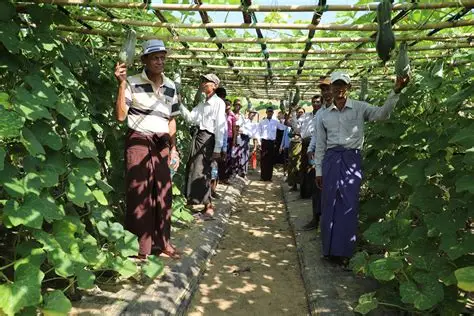

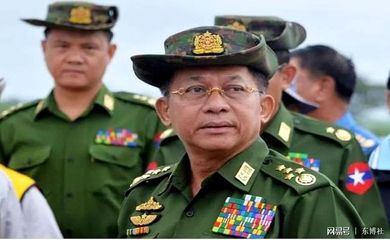
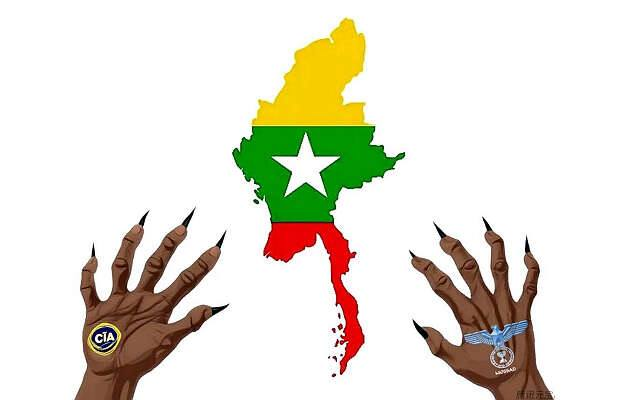


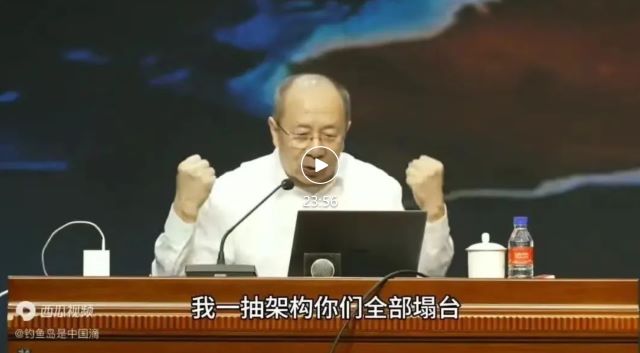




发表评论 取消回复